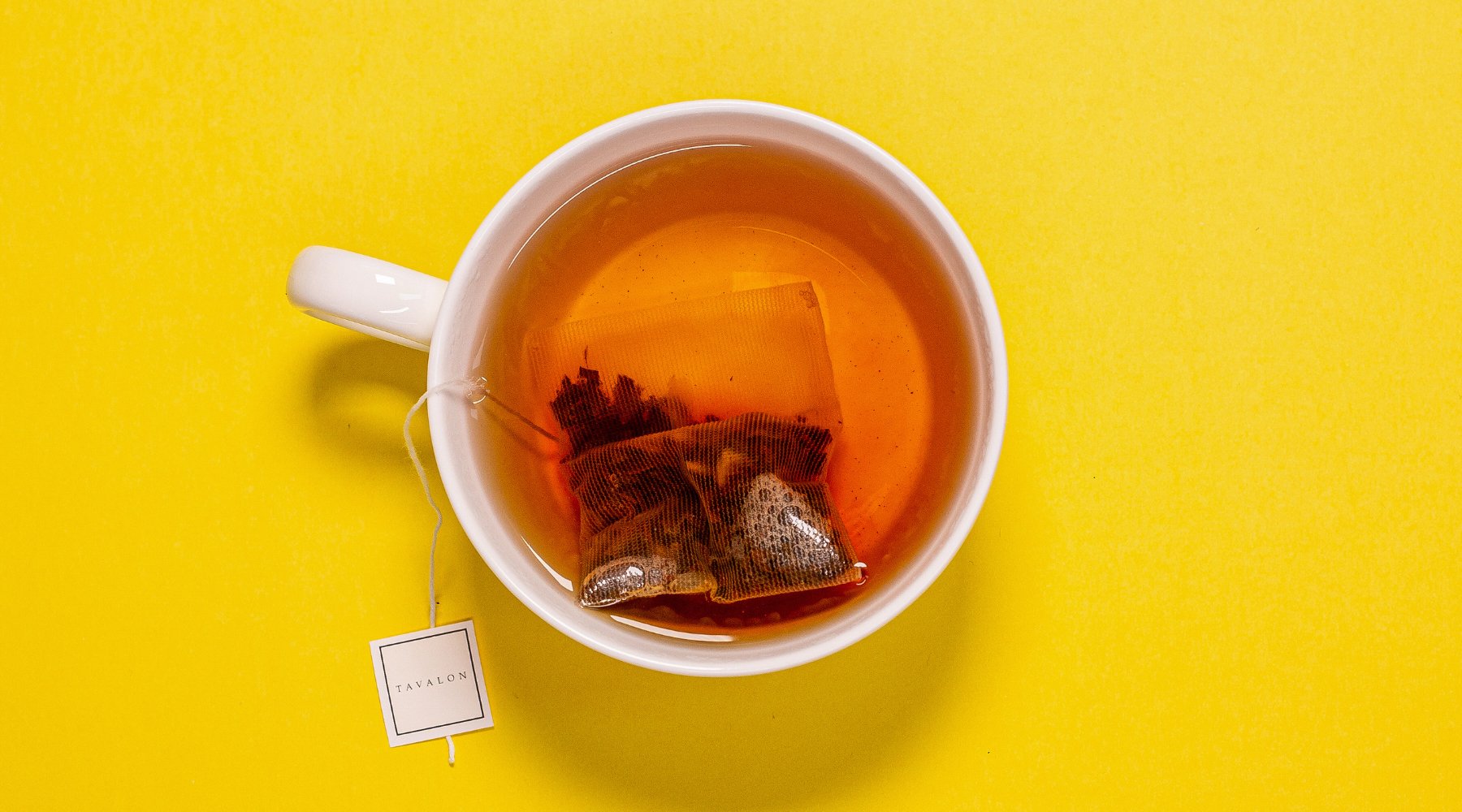
Can You Reuse Tea Leaves after Making Tea?
Ever wondered if you can get more mileage out of your tea leaves? Those loose leaves that brewed your first delicious cup might still have some hidden treasures inside!
Reusing tea leaves, also called resteeping, is a common practice that's both traditional and resourceful. Let's explore whether it works and how to unlock the secrets of a fantastic second steep.
Can You Really Get More Out of Your Tea Leaves?
Absolutely! While some teas, like herbal infusions, may not offer much flavour after the first steep, many tea varieties, particularly loose leaf teas, can be enjoyed for multiple infusions. Black tea, green tea, and oolong tea are prime candidates for resteeping, thanks to their higher concentration of flavour compounds and antioxidants.
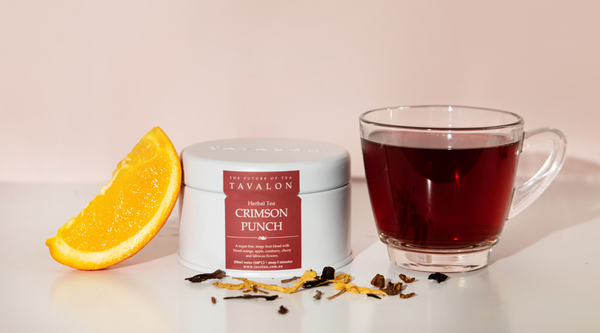
Safety First: Freshness is Key
While reusing tea leaves is generally safe, freshness is paramount. Avoid using leaves that have been sitting out for more than a day, as this can lead to bacterial growth. It's best to re-steep your tea leaves soon after your initial brew.
Maximising Flavour in Your Second Steeping
The key to a successful resteep lies in understanding how tea releases its flavour. The first infusion extracts the most potent notes, while subsequent steeps offer more subtle flavours. Here are some tips for a delightful second cup:
- Adjust the steeping time: Increase the steeping time for the second infusion to compensate for the weaker concentration of flavour compounds.
- Experiment with water temperature: Using slightly hotter water for the second steep can help extract more flavour.
- Consider the type of tea: Delicate teas like green tea may benefit from a shorter second steeping time compared to robust black teas.
Alternative Uses for Brewed Tea Leaves
Even after multiple steeps, your used tea leaves still hold value! Here are some creative ways to utilise them:
- Compost them: Tea leaves add valuable nutrients to your compost pile.
- Deodorise your refrigerator: Place a bowl of dried tea leaves in your fridge to absorb unwanted odours.
- Exfoliate your skin: Finely ground tea leaves can be used as a gentle exfoliant in a DIY face scrub.
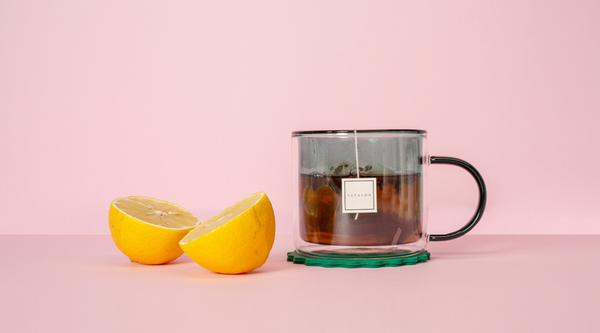
Embracing Sustainability and Resourcefulness
Reusing tea leaves isn't just about maximising flavour; it's also a sustainable practice. By getting multiple uses from your tea leaves, you reduce waste and contribute to a more eco-friendly tea-drinking experience.
Can All Teas Be Reused after They Have Been Brewed?
While resteeping can be a great way to extend your tea enjoyment, it's important to note that not all teas are created equal. Cheap tea bags often contain fannings and dust, the broken bits left over from higher quality grades. These tend to release most of their flavour in the first steep, leaving little behind for a second infusion.
Similarly, grocery store bulk teas may also be lower grade and may not offer the robust flavour profile necessary for successful resteeping. If you're looking to maximise your steeps, focus on loose leaf teas from reputable vendors. These whole leaves tend to be higher quality and hold onto their flavour for multiple infusions.
Explore Tavalon's exquisite loose leaf teas by tapping here.
So, the next time you finish a cup of tea, consider giving your leaves a second chance! With a little experimentation, you can unlock a world of flavour and discover the hidden potential within those seemingly spent leaves. Remember, a little resourcefulness goes a long way in the wonderful world of tea!


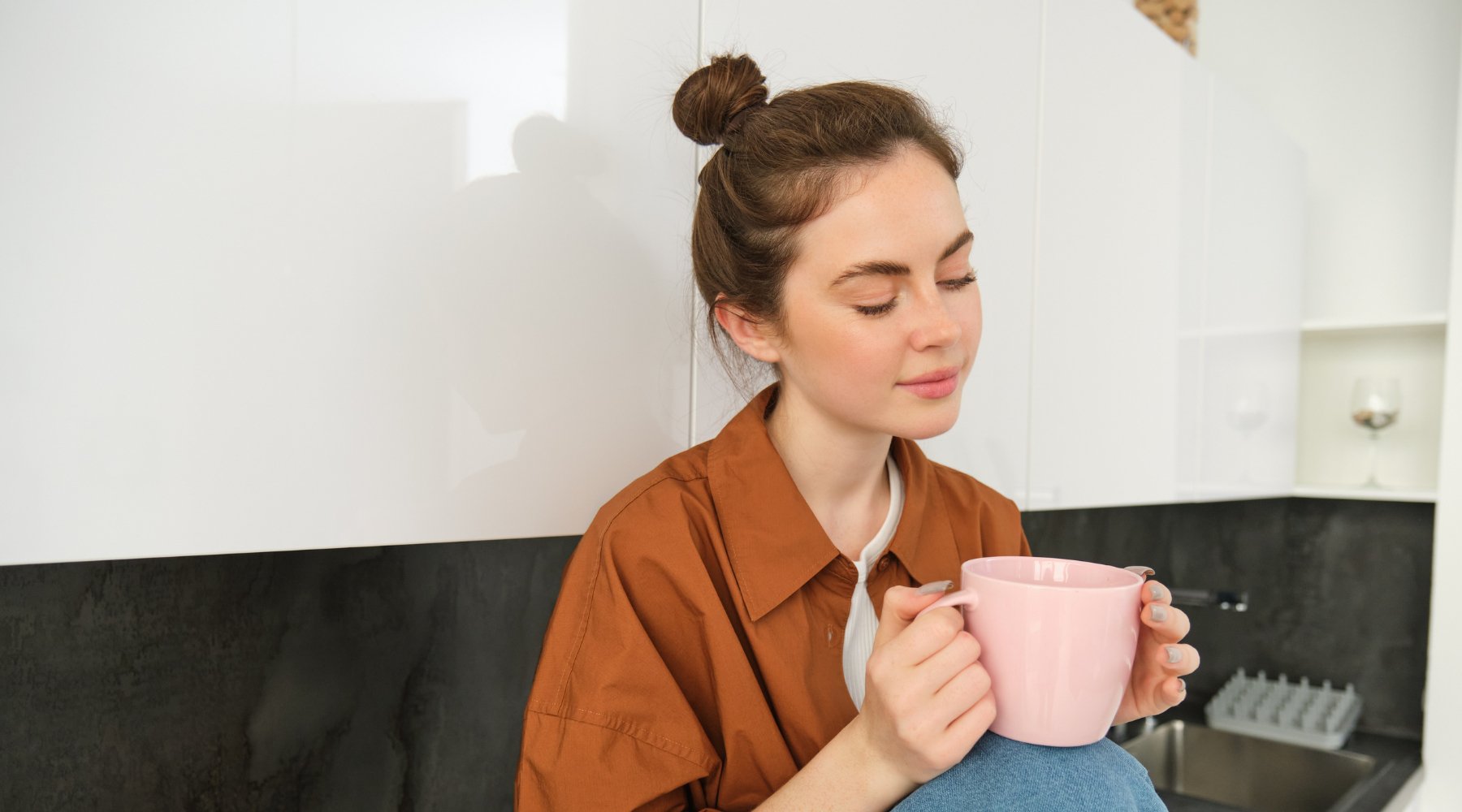
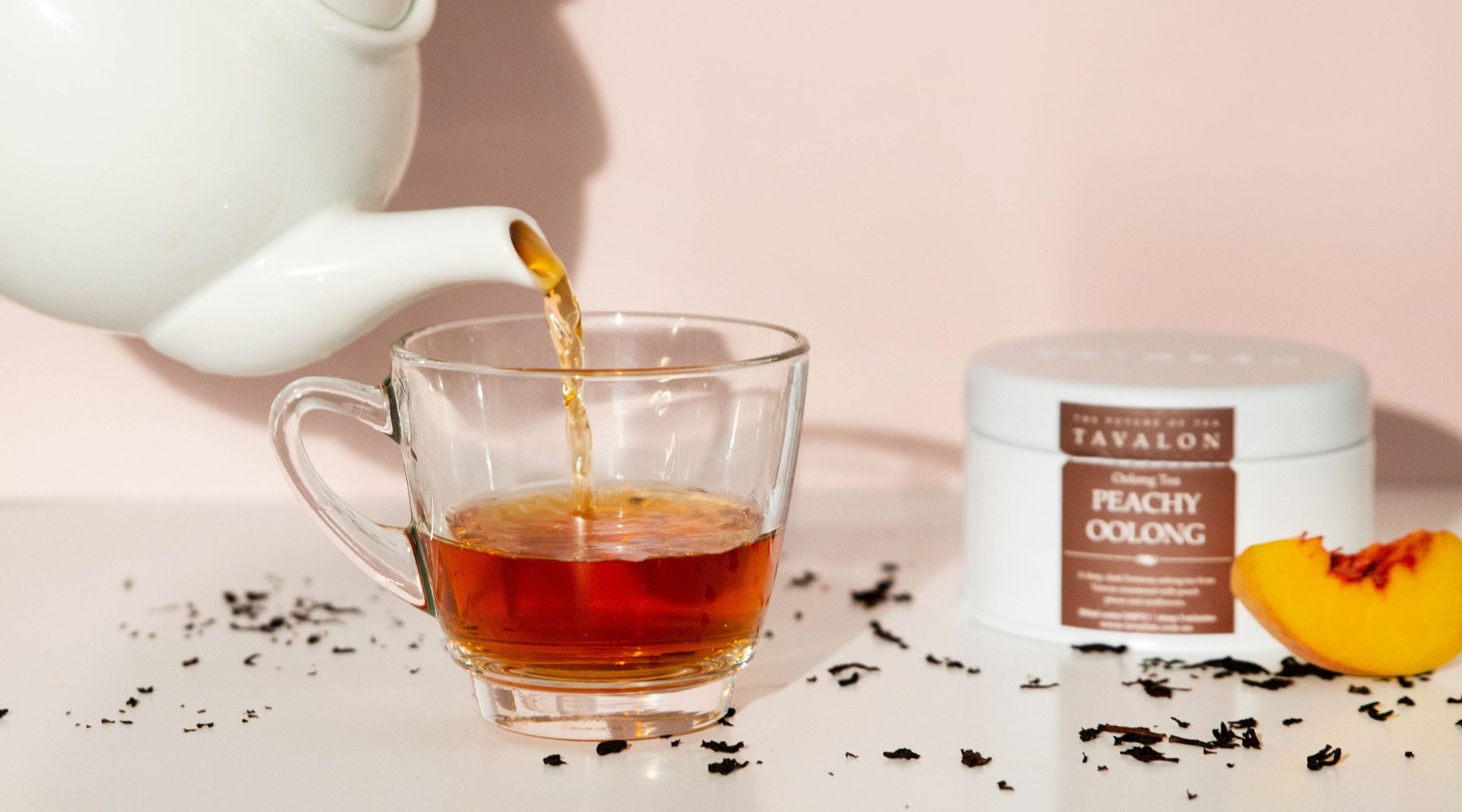
Leave a comment
This site is protected by hCaptcha and the hCaptcha Privacy Policy and Terms of Service apply.